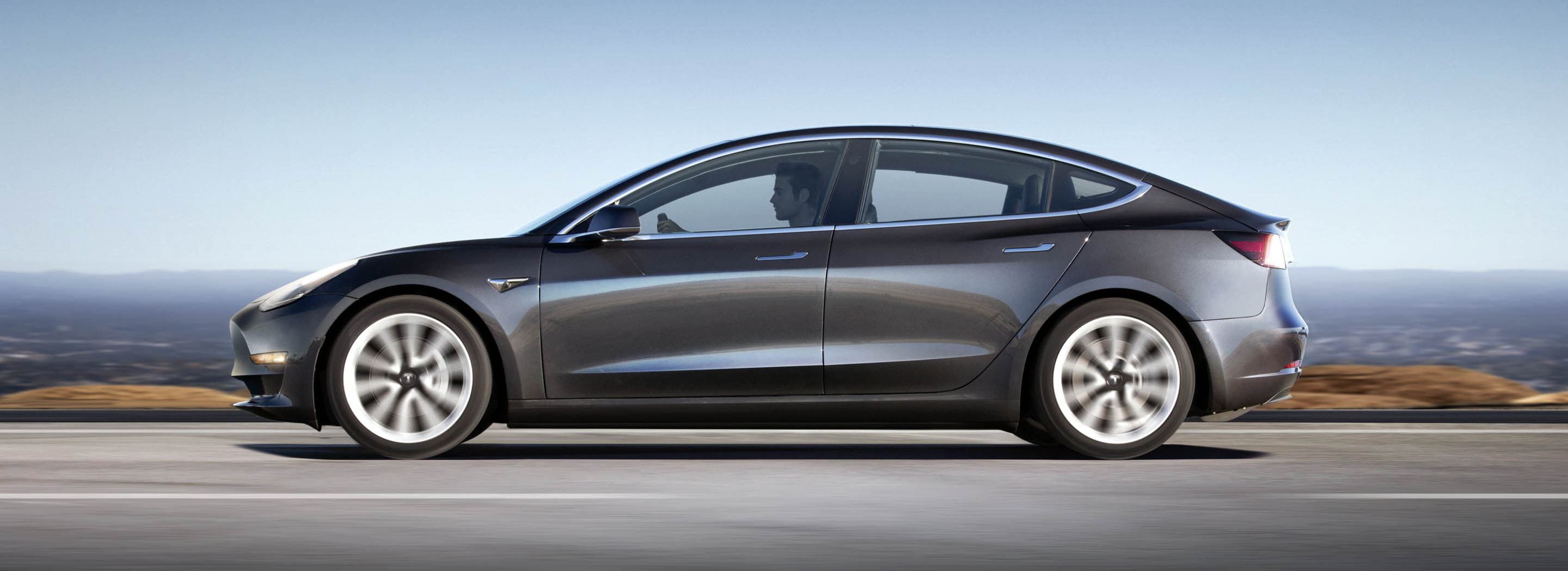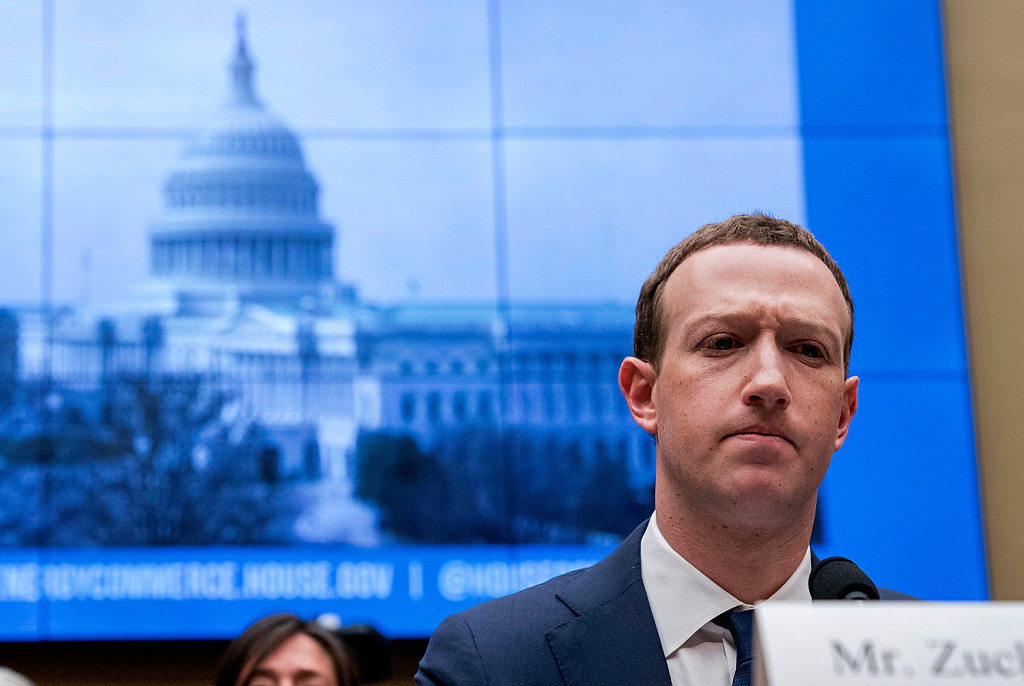According to a report from Caixin Global, part of China’s influential financial media group, Caixin Media, Chinese banks are scrambling to fund Tesla’s ambitious production plan(t) in China.
“A consortium made up of several Chinese banks has been formed to provide loans to the project, sources from several Chinese banks told Caixin. But the leader for the group has yet to be chosen, and multiple plans regarding the details of funding terms have been presented to Tesla, these people said, asking not to be named as negotiations are still underway.” – Caixin
Tesla has accelerated plans to build its first overseas factory in China as the electric maker tries to avoid import tariffs that leave the company with a pricing disadvantage.
The two variants of Tesla Model S, 100D and P100D, cost $84,750 and $123,750 in the United States, respectively.
Once the vehicles cross the Atlantic, the same variants cost ¥849,600 and ¥1,091,000. Converted to dollars using today’s conversion rate, Model S costs $125,987 and $161,784 in China.
In China, Tesla Model S 100D and P100D cost 48% and 30% more than what you pay for them in the United States. Tesla can afford to incur import tariffs on its production limited flagship vehicles, but it cannot do the same with Model 3, its high volume entry-level luxury sedan.
According to an earlier plan, Tesla was expecting local production to begin in China by 2020, but the on-going trade war between the world’s number one and number two economies threw that plan into a tailspin.
China slapped a 40% tariff on US auto imports as a retaliatory measure to US actions.
Though a temporary truce between the United States and China allowed import tariff to be rolled back to 15% for 90 days starting January 1, 2019, it’s no secret where the tariff will get back up to if talks fail.
Tesla cannot allow Model 3 price to be higher by 50% in China if the company wants to sell hundreds of thousands of cars every year.
China is not only the world’s number one auto market, with 28 million vehicles sold in 2018, but it is also the world’s fastest growing electric vehicle market.
“In 2014 there were only 50,000 electric vehicles sold, but in 2018 that number has increased 10 times. Each of the next few years will see the sector’s market share grow by 40 percent, Jacob George, vice president, and general manager of Asia Pacific at U.S.-based global marketing information services company J.D. Power, told CNBC“.
Tesla CEO Elon Musk has made it extremely clear about his intention to drop the price of Tesla vehicles. To achieve that goal, Tesla must increase its production, use the scale to reduce costs and transfer cost benefits to customers in the form price reduction.
Simply put, Tesla needs to keep increasing its volume, if it wants to keep reducing the price.
Selling Model 3 in three large markets, China, the United States, and Europe, is a completely different game than selling Model 3 in the United States, Europe, and a price-restricted Chinese market.
Tesla’s recent actions clearly show us the crucial role China plays in the company’s future plans.
When Elon Musk visited China a few weeks ago to take part in the groundbreaking ceremony of Tesla’s Shanghai factory, he said that Tesla will start partial production in China later this year and aim for volume production next year.
Aiming to finish initial construction this summer, start Model 3 production end of year & reach high volume production next year – Elon Musk, Jan 7, 2019
China factory will only “produce affordable versions” of Model 3 and the yet to be unveiled Model Y sports utility vehicle “for greater China,” Musk tweeted. He further added that all versions of Model S, Model X and higher-end versions of the Model 3 and Model Y, will “still be built in
The reason to build higher-end versions, or to be more clear, higher cost Tesla vehicles in the United States is because the higher price point adds some cushion to absorb additional tariffs. This allows the Shanghai factory to concentrate on higher-volume, lower-cost models.
No one really knows how many Model 3s Tesla will build in China over the next 12 months. But every car Tesla builds in China will help the company avoid import tariffs. More importantly, it will allow Model 3 to compete in the right segment.
Tesla Model 3 may remain production constrained in China for a while, but as we have seen in the United States, it will also allow the company to show steady sales increase over the next several years, limited by its production capacity.
And that puts the fate of Tesla’s success in China in its own hands, not in the hands of two presidents and countless number of officials.



